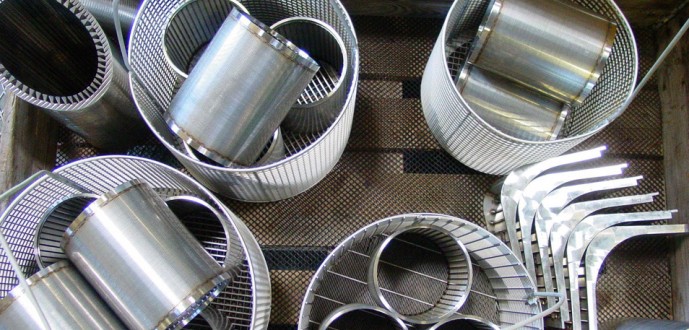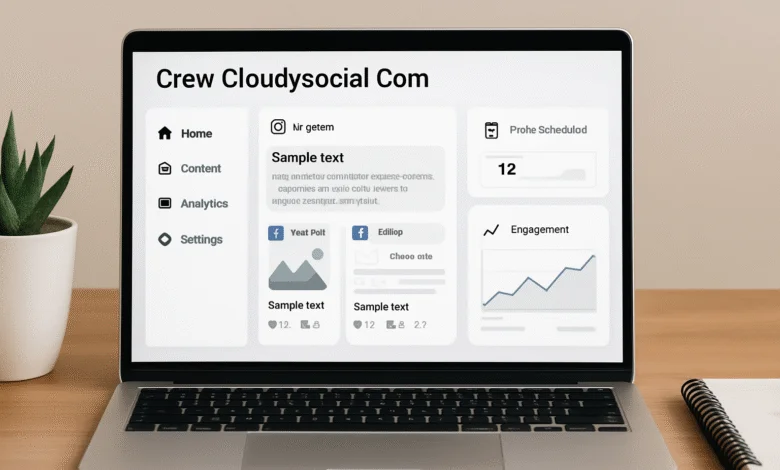
Characteristics of Particles
When choosing a wedge wire filter, you must first understand the nature and size of the particles you want to filter. You should be aware that wedge worn filters come in two varieties: tapered and circular. As a result, in order to choose the proper wedge wire filter, you must first understand the characteristics of the contaminants.
Operating Flow at Maximum Capacity
The size of the filter you employ will be determined by the flow rate. In addition, the wedge wire filter you’re utilizing must be able to support the fluid’s flow. If the flow is high, for example, you’ll need a large wedge wire filter that can easily filter the fluid while not obstructing the flow. The maximum flow rate that most wedge wire filters can take is indicated on the label. To choose the right wedge wire filter, look for the relevant flow indication.
Operating Pressures (Maximum and Minimum)
There is a maximum operating pressure that each filter can withstand. As a result, you must choose a wedge wire filter that matches the operating pressure of your application. The goal is to prevent the filter from ripping during operation, which could result in inadequate fluid filtering.
When working with an automatic self-cleaning wedge wire filter, knowing the minimum operating pressure is critical. You must maintain the minimum working pressure when using the flushing mechanism.
Pressure Drop
The decrease in fluid pressure across the filter is known as pressure drop. Changes in direction occur multiple times when pressure pulls the fluid past the filter element, where filtration takes place. As a result, there will be resistance to the fluid’s passage, resulting in a pressure drop once it passes through the filter. The pressure drop is caused by a number of factors, including pollutants, viscosity, and flow rate. The pressure drop increases as the filter bag fill up, which is an important element to consider.
Operating Expenses
When it comes to wedge wire filters, price is obviously a major consideration. When you use this filter, you must keep your operating costs low. Choosing high-quality wedge wire filters is one approach to keep your operational costs down. Such filters can provide you with long-lasting services at a low cost of operation. You can also choose a self-cleaning wedge wire filter, which will save you time cleaning the filter. You will be able to get the most out of your application by doing so. Finally, a wedge wire filter with a significant pollutant holding capacity is an option.
Risk of Exposure to the Environment
Finally, you must examine the operating environment for your wedge wire filter. This refers to the temperature, chemical, and physical conditions. You can choose the appropriate material for your wedge wire filter based on the risk of environmental exposure.
These are some of the Wedge Wire Filter factors you need to check before making a purchase.










